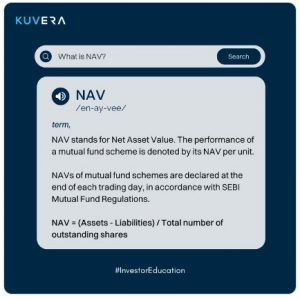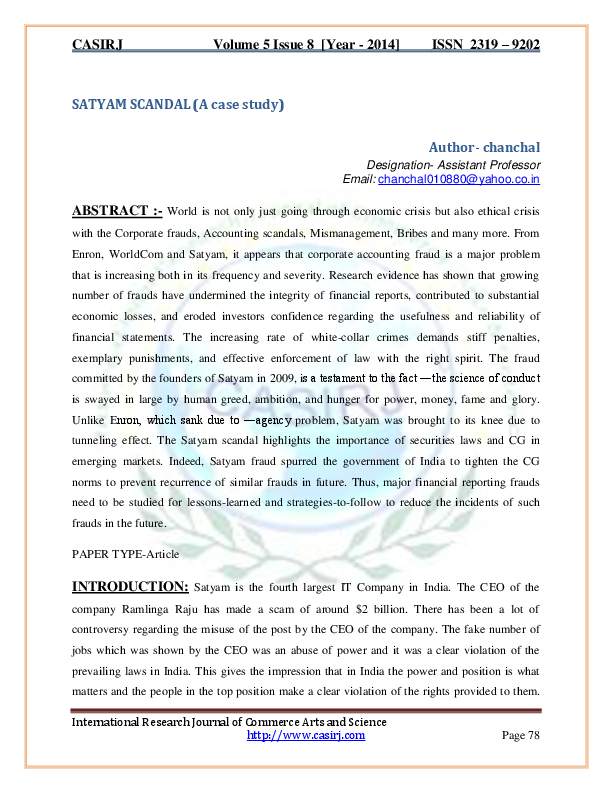How Net Asset Value (NAV) Impacts Your Amundi Dow Jones Industrial Average UCITS ETF Investment

Table of Contents
What is Net Asset Value (NAV) and How is it Calculated?
Defining NAV
Net Asset Value (NAV) is the per-share value of an ETF's assets. It's essentially the market value of all the assets held by the ETF, minus its liabilities (like management fees and expenses), divided by the total number of outstanding shares. Think of it as the underlying worth of a single share in the ETF. For an index fund investment like the Amundi Dow Jones Industrial Average UCITS ETF, this directly reflects the value of the underlying index components.
NAV Calculation for the Amundi Dow Jones Industrial Average UCITS ETF
The NAV for the Amundi Dow Jones Industrial Average UCITS ETF is calculated daily. This calculation takes into account the closing market prices of all 30 constituent stocks of the Dow Jones Industrial Average. The ETF aims to track the index's performance, so the value of its holdings directly reflects the index's value. Any dividends received from the underlying stocks are also incorporated into the NAV calculation. Finally, management fees and other operational expenses are deducted to arrive at the final NAV per share.
- Daily calculation of NAV: The NAV is recalculated at the end of each trading day, reflecting the daily market movements of the Dow Jones Industrial Average components.
- Impact of fluctuations in the underlying assets (DJIA components): Changes in the prices of the 30 companies in the DJIA directly impact the ETF's NAV. If the DJIA rises, the NAV generally rises as well, and vice versa.
- Role of currency exchange rates (if applicable): While this ETF likely focuses on US-based companies, if any underlying holdings have international exposure, currency exchange rates could influence the NAV calculation.
- Transparency of NAV calculation and reporting: Amundi, as the ETF provider, is obligated to publicly disclose the daily NAV calculation, providing investors with transparency and accountability. You can usually find this information on Amundi's website or through major financial data providers.
How NAV Impacts Your Investment Returns in the Amundi Dow Jones Industrial Average UCITS ETF
NAV and ETF Pricing
The market price of an ETF like the Amundi Dow Jones Industrial Average UCITS ETF should theoretically trade very close to its NAV. However, due to market forces (supply and demand), there can be small discrepancies. These discrepancies create premiums or discounts to NAV.
Tracking Error and NAV
Tracking error measures how closely an ETF's performance mirrors its benchmark index. Fluctuations in NAV can contribute to tracking error, particularly if the ETF's trading price deviates significantly from its NAV.
- Understanding premium and discount to NAV: A premium means the market price is higher than the NAV, while a discount means the market price is lower. These differences are often short-lived.
- Factors affecting the difference between market price and NAV: Factors like trading volume, investor sentiment, and market liquidity can all influence the difference between the market price and NAV.
- Impact of buying and selling pressure on the market price vs. NAV: High demand can drive the market price above NAV (premium), while low demand might lead to a discount.
Monitoring NAV and Making Informed Investment Decisions
Regularly Checking NAV
Regularly monitoring the NAV of your Amundi Dow Jones Industrial Average UCITS ETF investment is crucial for tracking its performance. This helps you assess the overall health of your investment and allows you to compare it against your investment goals.
Using NAV for Buy/Sell Decisions
While NAV alone shouldn't dictate your buy/sell decisions, it’s a vital piece of information to consider. Significant and persistent deviations between the market price and NAV could signal opportunities or potential risks. Combining NAV information with other investment metrics will enhance your decision-making.
- Where to find the daily NAV: You can find the daily NAV on Amundi's official website, major financial news websites, and through your brokerage account.
- Importance of comparing NAV to past performance: Tracking the NAV over time allows you to analyze the ETF's performance and identify trends.
- Using NAV in conjunction with other investment metrics: Consider factors like the ETF's expense ratio and dividend yield alongside the NAV for a holistic view of your investment.
Conclusion
Understanding Net Asset Value (NAV) is fundamental to evaluating the performance of your Amundi Dow Jones Industrial Average UCITS ETF investment. Regularly monitoring the NAV, along with other key metrics, allows for more informed investment decisions. Fluctuations in the underlying assets (the 30 Dow Jones Industrial Average companies) directly impact the NAV, consequently influencing your returns. Remember, while NAV is a key indicator, it shouldn't be the sole basis of your investment strategy.
Call to Action: Learn more about how Net Asset Value impacts your ETF investments. Regularly monitor the NAV of your Amundi Dow Jones Industrial Average UCITS ETF and make informed decisions to maximize your investment potential. Consider consulting a financial advisor for personalized guidance on your ETF investment strategy and how best to utilize NAV information within your overall financial plan.

Featured Posts
-
 Lauryn Goodmans Post Kyle Walker Chapter A New Life In Italy
May 24, 2025
Lauryn Goodmans Post Kyle Walker Chapter A New Life In Italy
May 24, 2025 -
 The Thames Water Bonus Scandal A Case Study In Corporate Governance
May 24, 2025
The Thames Water Bonus Scandal A Case Study In Corporate Governance
May 24, 2025 -
 New Tulsa King Season 3 Image Shows Sylvester Stallone
May 24, 2025
New Tulsa King Season 3 Image Shows Sylvester Stallone
May 24, 2025 -
 Horoscopo Semanal Del 1 Al 7 De Abril De 2025 Para Todos Los Signos Zodiacales
May 24, 2025
Horoscopo Semanal Del 1 Al 7 De Abril De 2025 Para Todos Los Signos Zodiacales
May 24, 2025 -
 Past Florida Film Festivals Notable Celebrity Appearances Mia Farrow Christina Ricci
May 24, 2025
Past Florida Film Festivals Notable Celebrity Appearances Mia Farrow Christina Ricci
May 24, 2025
